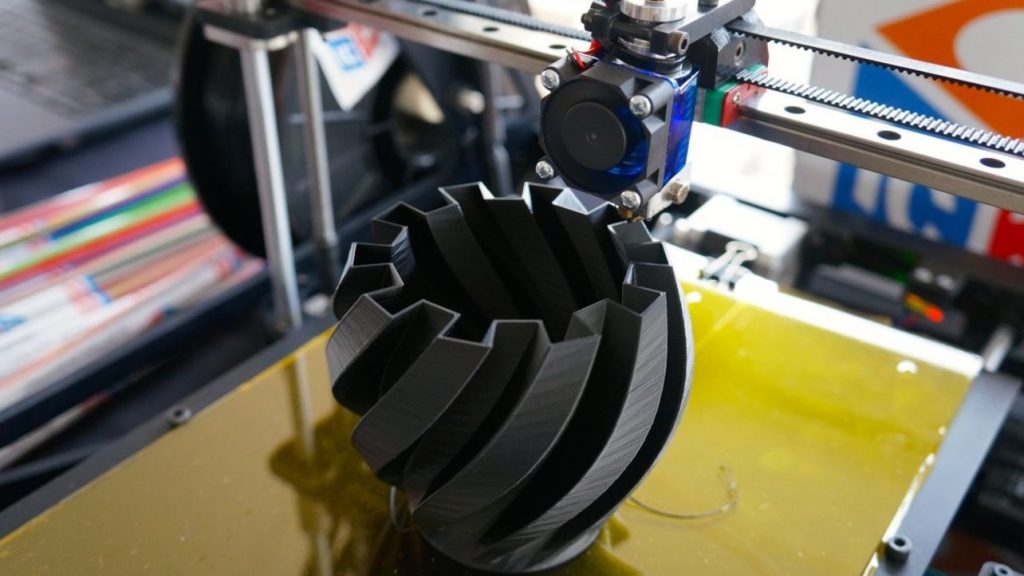Conventional prototyping is not the same as rapid prototyping
Prototyping is the way toward making a model thing model to be attempted as a general rule condition and to fill in as a justification various cycles. Traditional prototyping incorporates organizing, making, building and making a model of our thing, typically by planners and designers using pen, pencil and paper or a CAD plan programming document. While speedy prototyping RP includes 3D added substance printing of the scaled model of the part or get together using a 3D printer and a 3D added substance layer produces advancement, without collecting measure orchestrating or tooling. Prototyping is the construction affirmation and modification time of thing improvement since it exhibits and shows the arrangement. We need to have the choice to contact and feel, test and show a thing before truly creating it either in enormous scope fabricating or from an exorbitant material and we need to guarantee our design suits our necessities and applications.

It engages us to show and show the new thing, either to our bosses, our theorists, our makers and moreover our customers. It allows us to test our considerations and thoughts to check whether it can truly work in actuality similarly as to test the construction to check whether it passes every one of the essentials testing. We can in like manner use a model to evaluate if and where we need to lead redesigns and changes if fundamental. We can gather a fragmentary model or we can produce the genuine part itself, looking and feeling as the all out thing. It might work or not, or it might just limit generally for testing only pieces of the arrangement. The last structure will probably look right and limit precisely.
All things considered, how is a conventional old school model being any remarkable comparable to quick one? The regular prototyping strategy joins a model making of different materials, including soil, foam, wood, plastics and metal. It can have additional materials to it, for instance, wires, tape. We can make if by hand – cutting, staying, taping or we can produce it with FDM 3D Printing machines. Of course, speedy prototyping joins advancement that makes the 3D part from the CAD record itself no paper plan son a PC and 3D printer, using materials, for instance, ABS, PLA, PETT, HIPS, HDPE, PVA, pitch, ceramic creation, nylon, treated steel and that is only the start. rapid tooling is ending up being more renowned actually in view of the way that we can handle speed and precision of the made parts with it, and we can make astoundingly complex models with it that we likely would not have the alternative to if machining.